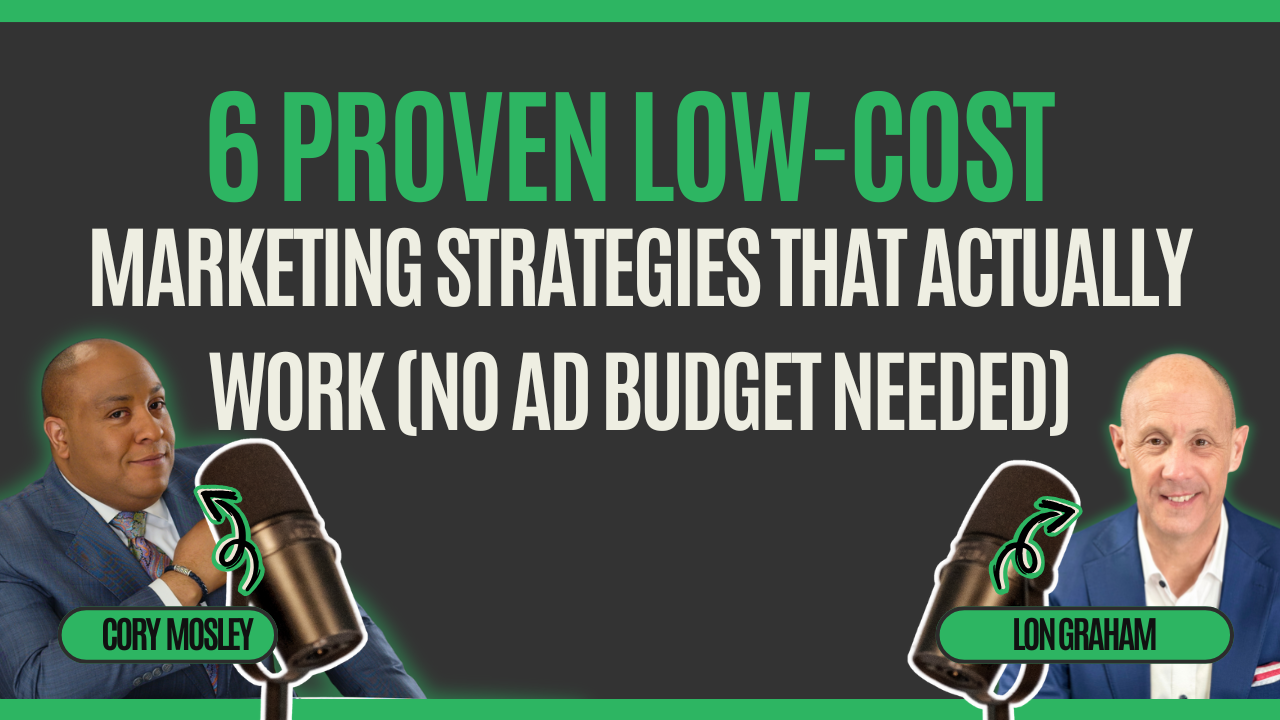Mastering the Art of Decision-Making
Cory Mosley

Decision-making is a delicate balance between acting quickly and taking time to reflect. We face decisions daily—some minor, others significant—and the pressure to choose can be intense. Understanding the complexities and pitfalls of decision-making helps us navigate this fine line more effectively.
The Double-Edged Sword of Decisiveness
Decisiveness is often praised as a hallmark of strong leadership. It brings to mind images of leaders who make swift choices with confidence. However, acting quickly has its risks. A rushed decision can lead to mistakes due to insufficient information. As the saying goes, “Quick decisions often lead to mistakes because you didn’t get enough information.” This highlights the dilemma: while decisiveness is valuable, it must be balanced with adequate consideration.
Think about impulse buys gathering dust in your closet or strategic business moves that didn't deliver the expected results. These examples show how quick decisions can sometimes miss the mark when not supported by enough thought and information.
Finding Balance: The Gray Zone
The key to effective decision-making is finding a balance between decisiveness and caution. How do we avoid rushing while not getting stuck in indecision? The answer lies in gathering enough information to make an informed choice without falling into the trap of over-analysis.
Setting a timeline is crucial. How long should you wait before making a decision? It’s about finding the sweet spot—collecting enough information without delaying action unnecessarily. This balance allows for informed decisions without the paralysis of overthinking.
Decisions in the Digital Age
In today’s digital world, where information flows rapidly, the pressure to make immediate decisions has increased. This urgency can lead to prioritizing speed over depth, resulting in rushed and ill-informed choices. It’s important to take a step back and reflect, even in fast-paced environments, to ensure accuracy and thoroughness in decision-making.
Strategies for Improved Decision-Making
- Gather Information Efficiently: Collect enough data to guide your decision, but don’t get caught in the search for perfection. Remember, “perfect” can often be the enemy of “good.”
- Set a Decision Deadline: Timebox your decision-making process. This ensures you have a structured timeframe, balancing the need for information with the urgency to act.
- Pause for Reflection: Taking a moment to step away can provide clarity and allow your mind to process information subconsciously, revealing insights you may have missed.
- Consult Others, but Own the Decision: Seek insights from others to broaden your perspective, but remember, the final decision and its consequences are yours. Use advice to inform, not overshadow, your judgment.
Taking Action
Understanding the risks and benefits of decisiveness is only the first step; action is what makes the difference. Apply these insights to your next decision—whether it’s a small choice or a significant life decision.
Reflect on past decisions, both good and bad. Those impulsive choices, like unnecessary purchases, hold valuable lessons about the importance of deliberate thought. Rather than avoid decisiveness, refine it. Each decision builds experience, helping you make quicker, more thoughtful choices in the future.
Conclusion
Mastering decision-making isn’t about choosing between caution and speed; it’s about combining them. Decisions are not isolated events; they are shaped by moments of information and reflection, requiring a careful blend of urgency and thoughtfulness. Quick decisions may lead to mistakes, but inaction is also a choice—and not always the safer one.
Key Takeaways
- Decisiveness has rewards and risks: Weigh both before making your move.
- Balancing decisiveness and caution is a skill: Finding your optimal timeline for each decision is crucial.
- Thoughtful reflection beats rushed judgments: In a fast-paced world, taking time for clarity is invaluable.
- Use a structured approach: Applying a framework can minimize errors and maximize informed action.
By refining your approach to decision-making, you can navigate the fine line between speed and caution, making choices that are both swift and smart.
Share Post
Similar Posts








